Kids running through a sprinkler on a summer day. A long cool drink on the back porch. A hot shower after a good work out. Water - easy and safe at the touch of a tap is something we take for granted in the developed world. It takes a catastrophic event to remind us how fortunate we are.
This past January 300,000 people in Charleston, West Virginia were suddenly without access to water for ten days due to a chemical spill. No washing, no drinking. There was a lot of uncertainty about the type and severity of the contamination. As always in a crisis, the best and the worst of humanity showed itself. Some people collected bottled water and delivered it to the ill and elderly who weren't able to manage by themselves. Other people resorted to fighting in the aisles of grocery stores when stocks of bottled water ran low. 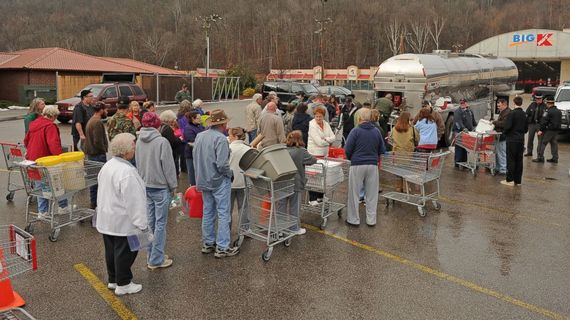
Here in the US, a water crisis is a major news story. In many other parts of the world, it would be daily life. Every year more than 2 million people, mostly children, die from waterborne disease. Fifty percent of all the illness in the world is caused by unsafe water. Globally, unsafe water kills more people every year than violence, including war. Children are the worst affected because they don't have the resilience to fight water borne illness.
As if the numbers on death and disease weren't sufficiently compelling, many people in developed nations are shocked when they begin to comprehend the vast number of people in the world who have no access to any water at all. In Africa alone, people, mostly women, spend 40 billion hours every year walking dangerous distances for water. Clearly, that staggering number of hours could be spent on productive tasks that would improve their lives and the lives of their families. Fortunately, there are some brilliant and dedicated people out there working hard to find a solution to this devastating problem. 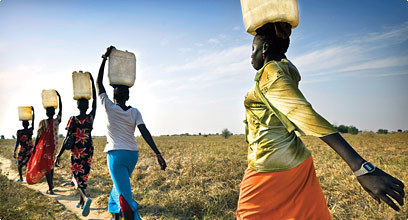
Some of these people are researchers and inventors like Dean Kamen. Kamen has invented some amazing things, from one of the very first insulin pumps to the "Segway." More recently, he developed a machine he calls the 'Slingshot' http://vimeo.com/51890022 after the story of David and Goliath. "He was able to take out this really big problem with a little technology, a slingshot. Technology is a potent tool!" The Slingshot is pretty potent too. Using about the same amount of power as a hair dryer, it can generate ten gallons of clean pure water an hour.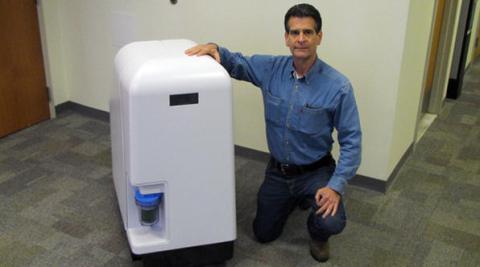
Some people are public celebrities and philanthropists like Matt Damon, one of the co-founders of Water.org. water.org Water.org works to bring whole communities together with locally based partners and microfinance opportunities to find the best solution for any particular location. They emphasize bringing women into the process because they disproportionately bear the burden of collecting water. In 2013 Damon was the voice of an extremely informative, but also funny video http://www.youtube.com/watch?v=z_Sc2_HFv88
on the importance of clean water and in support of his charity for World Water Day.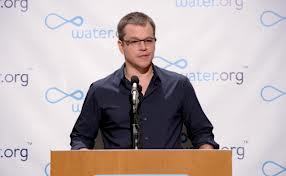
Some people have a mission, like Scott Harrison, founder of charity:water. http://www.charitywater.org While working as a paying volunteer with Mercy Ships, Scott was exposed to the dirty, scummy water sources that served as the only available water to whole communities. "There's bugs crawling in it. I wouldn't let my dog drink out of that. I wouldn't let my dog step in that water!" It made a profound impression. He started talking to the doctors about the links between disease and bad water and the statistics were undeniable. If 80% of all disease is caused by bad water, then the water problem had to be fixed! While he was fixing the water problem, he decided he should reinvent the way charity can work at the same time. One of the most basic tenets of charity:water's operation is that a full 100% of the donations from the general public to go support water projects. All the overhead of salaries and operational costs are met through sponsors, targeted fundraisers, and private donors. 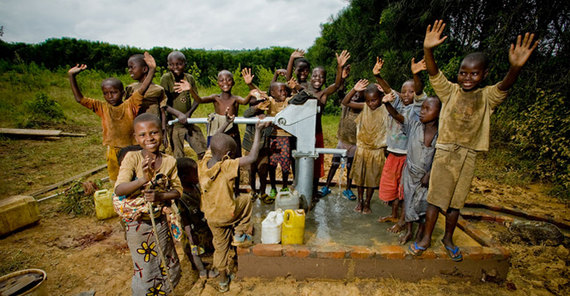
Some people are simply inspired, like Italian designer Arturo Vittori, who recently created demonstration models of his WarkaWater Tower as a revolutionary way to collect clean drinking water in arid Ethiopia...from the air.
http://bit.ly/1emTQiw In the desert, the overnight air temperature drops significantly. Even in that very dry climate, droplets of water collect on the fine mesh screens of the tower to be collected below. 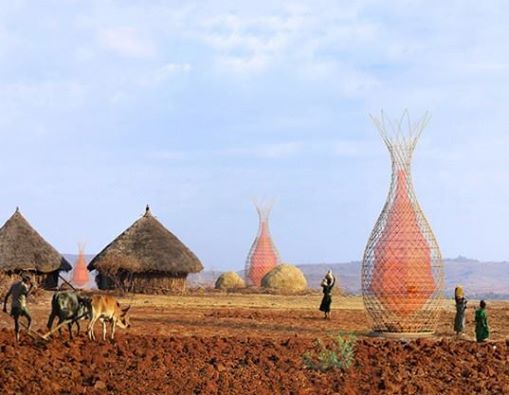
These are just a few of the remarkable efforts being made to provide reliable, efficient and sustainable methods for getting clean water to communities in developing areas. These examples are big and dramatic, but it's important to remember that those big successes depend on small contributions. Because some people are just people, who want to help out. And every little drop can make a difference.
